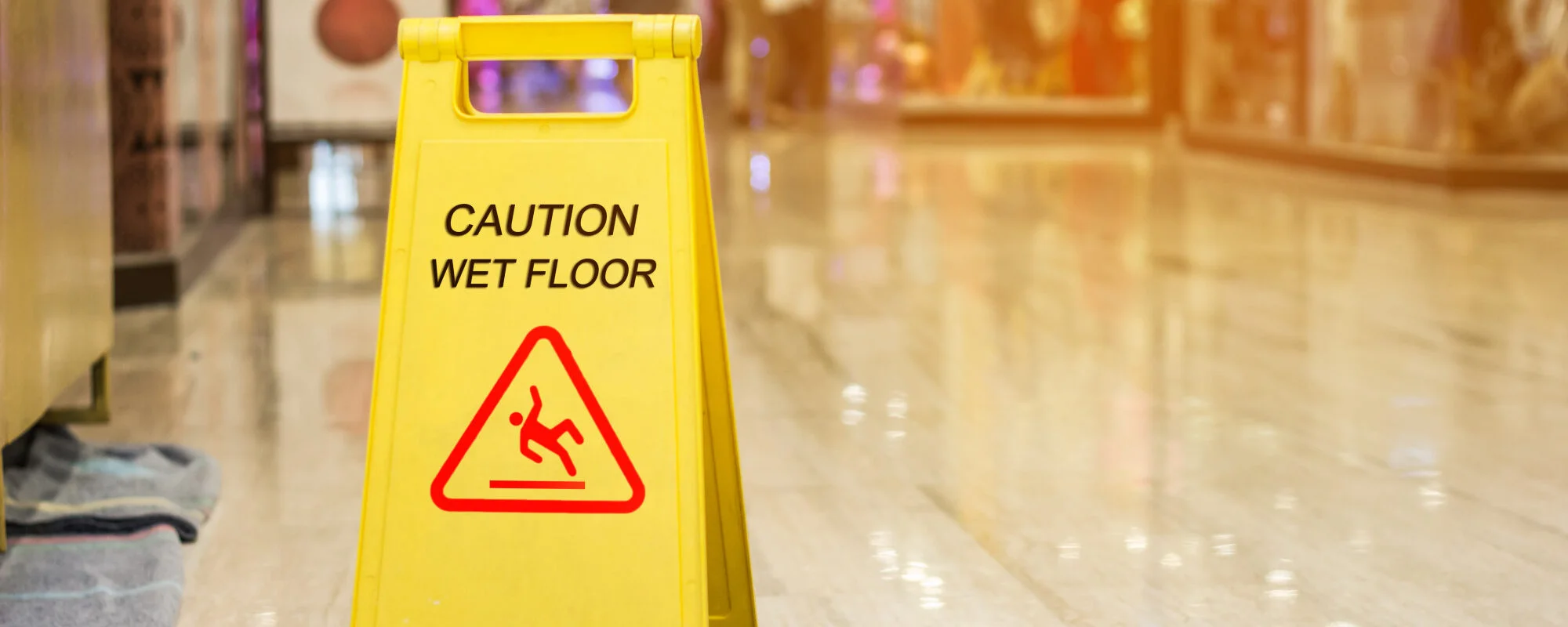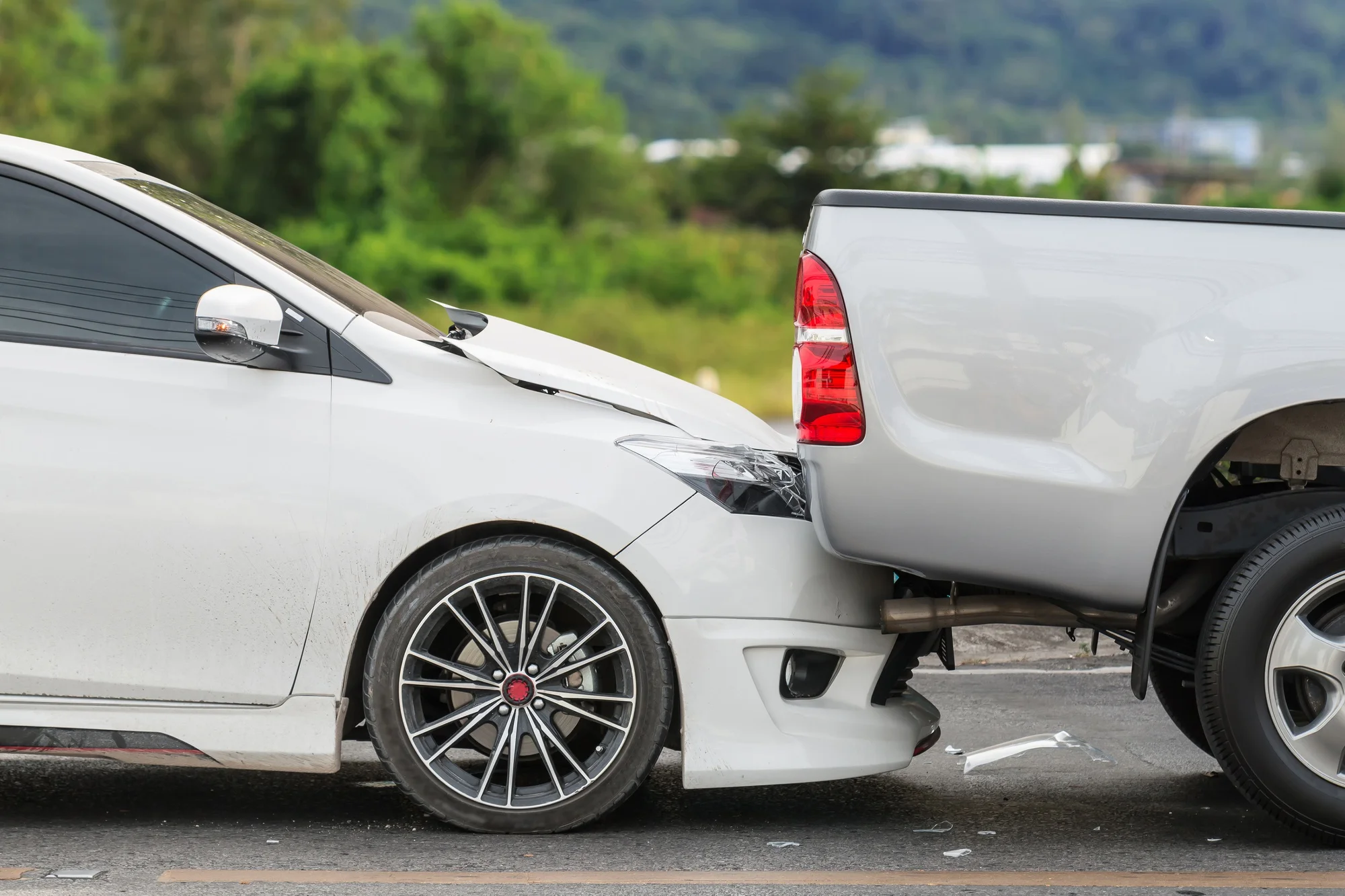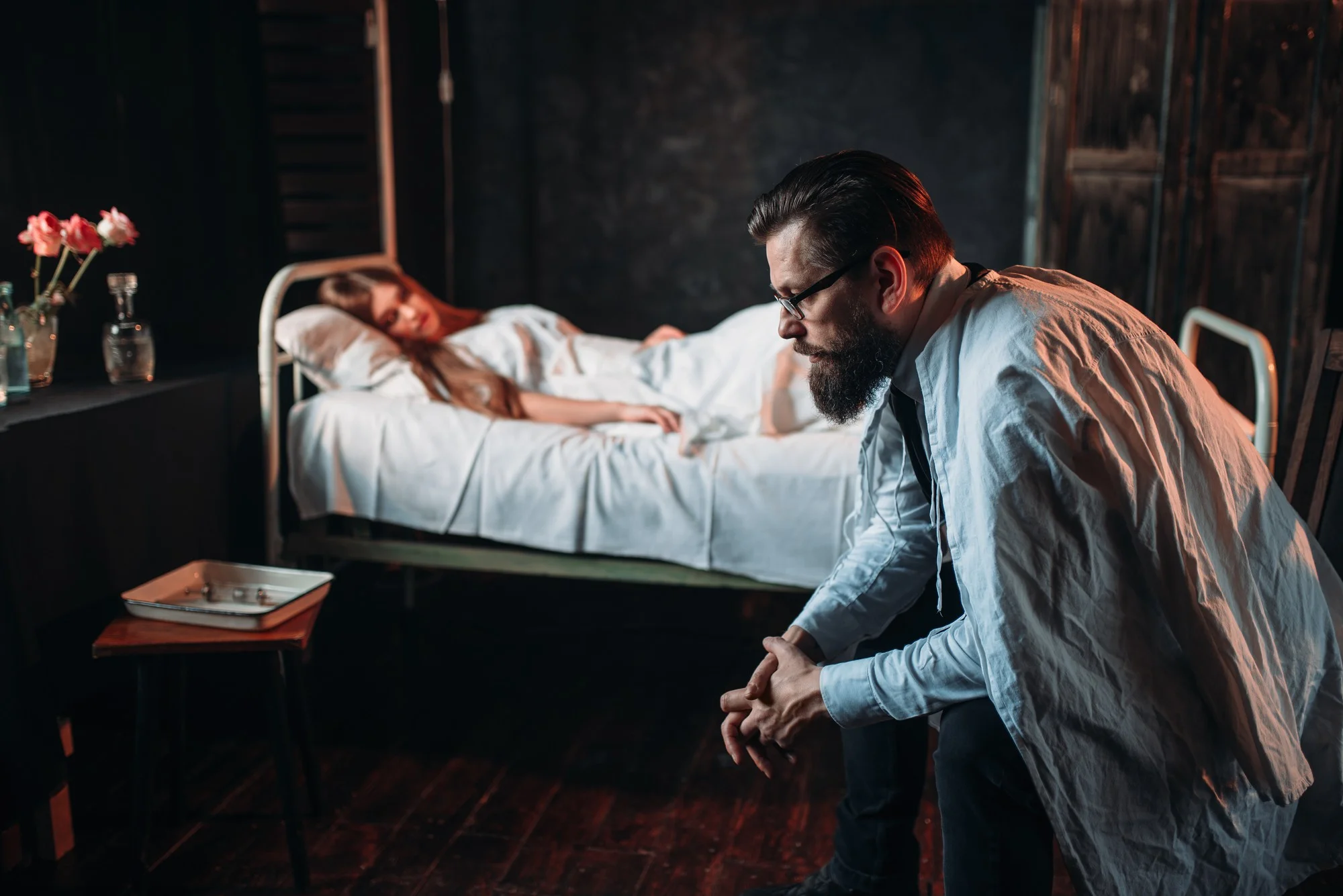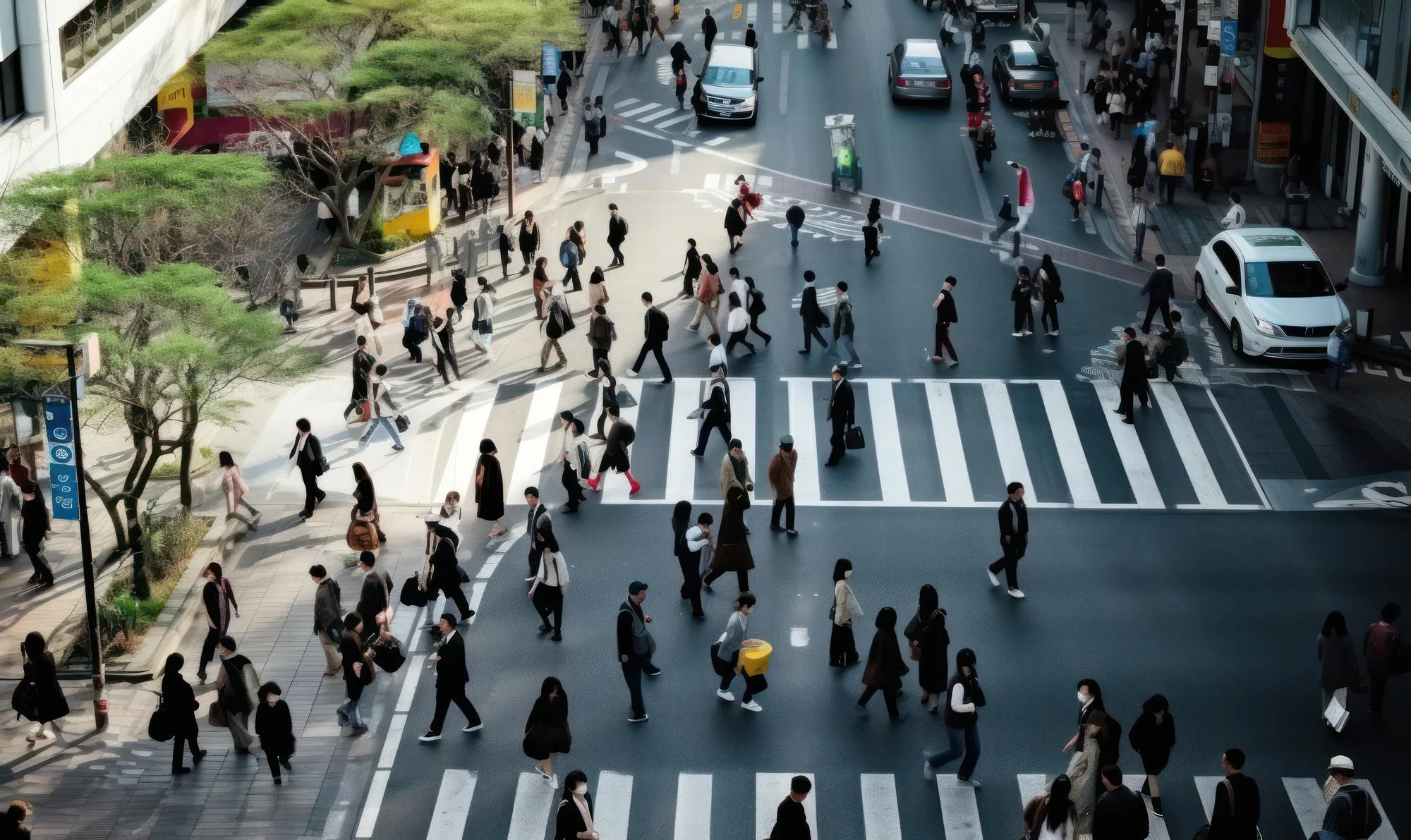When injuries occur on private property, determining responsibility involves a complex interplay of legal principles and situational factors. Property ownership carries significant legal obligations regarding the safety and wellbeing of individuals who enter the premises, extending beyond casual visitors to include service providers like maintenance workers and contractors. While many property owners assume their responsibility is limited or that workers’ insurance coverage negates their liability, the legal framework known as premises liability establishes clear accountability for property related injuries. This foundational principle of property law encompasses various scenarios and circumstances, with outcomes heavily dependent on specific details such as the nature of the incident, the visitor’s status, and the property’s condition. Understanding these responsibilities is crucial for property owners, as liability can arise even in situations where professional visitors have their own insurance coverage or when circumstances seem beyond the owner’s direct control.
What is Premises Liability?
The legal doctrine of premises liability establishes the fundamental obligations that accompany property ownership and encompasses a broad spectrum of locations from residential dwellings to commercial establishments and community recreational spaces. At its core, this legal framework outlines the responsibility property owners bear for maintaining safe conditions throughout their premises and implementing appropriate safety measures to prevent harm to those who enter. Whether managing a retail establishment, maintaining a private residence, or overseeing a public facility, property owners must exercise reasonable care in identifying and addressing potential hazards. Should they neglect these essential duties and an injury occurs as a direct result, the legal system may hold them financially accountable for any resulting damages through premises liability laws.
What are Premises Liability Laws in California?
California’s premises liability statutes establish comprehensive requirements for property owners, managers, and controllers regarding their legal responsibilities for maintaining safe conditions. The law mandates diligent property maintenance including regular inspections, prompt repairs of hazardous conditions, and clear communication about potential dangers through appropriate warning signage. This proactive approach to safety serves both to protect visitors and shield property owners from potential legal action. Property owners must demonstrate ongoing vigilance in identifying and addressing potential risks, as adequate warning signs alone may not provide sufficient legal protection if other reasonable safety measures have been neglected. To establish liability in California premises liability cases, plaintiffs must demonstrate four key elements:
- Legal connection to the property – proof that the defendant owned, leased, occupied, or maintained control over the premises where the injury occurred
- Negligent property maintenance – evidence showing the defendant failed to exercise reasonable care in property upkeep or management
- Occurrence of harm – documentation of actual injury or damage suffered by the plaintiff
- Direct causation – demonstration that the defendant’s negligence played a substantial role in causing the injury
These requirements create a framework that balances property owners’ obligations to maintain safe premises with their right to defend against unwarranted claims, while ensuring injured parties have a clear path to seek compensation when legitimate safety violations occur.
Who is Liable in a Premises Liability Claim?
In premises liability claims, accountability often extends beyond a single responsible party, creating a nuanced web of potential liability. While the property owner typically bears primary responsibility, multiple parties may share legal obligations depending on the specific circumstances of an incident. For instance, contracted service providers working on the property might share responsibility for injuries resulting from their work activities, as can be seen in construction or maintenance scenarios. This extends to rental properties as well, where liability becomes particularly complex as landlords maintain responsibility for common areas and initial property conditions, but their liability for issues arising after occupancy begins depends on their awareness of hazardous conditions and their contractual authority to address them. Such situations require careful examination of the relationships between all involved parties, their respective duties, and the specific circumstances that led to the injury to determine the appropriate distribution of liability.
Property Owners Duty to You
Property owners and occupiers including businesses leasing spaces, carry significant legal obligations toward individuals who enter their premises, particularly those classified as invitees such as workers or service providers who enter the property for the owner’s benefit. These invitees hold the highest legal status among property visitors and are consequently afforded the strongest protections under premises liability law. To establish a valid premises liability claim, an injured party must prove several critical elements, and the property owner must fulfill specific responsibilities to maintain a safe environment. The scope of this duty varies depending on the visitor’s classification, with invitees receiving the highest standard of care
Property owners must fulfill four fundamental duties toward invitees:
- Conduct thorough property inspections to identify potential hidden or unknown hazards that could pose risks
- Address and repair identified hazards within a reasonable timeframe to prevent accidents
- Provide clear warnings about existing hazards that may not be immediately apparent to visitors
- Avoid causing injury through intentional or reckless actions that could harm visitors
Examples of Premises Liability
Premises liability law encompasses a wide range of incidents where unsafe or inadequately maintained property conditions result in injury to visitors. The scope of these cases varies significantly, from commercial establishments to residential properties, with each situation requiring careful evaluation of the property owner’s adherence to safety standards and maintenance obligations. Common scenarios that may constitute premises liability claims include:
- Slip and Fall Hazards: Encompasses incidents involving wet floors, icy walkways, poor lighting conditions, or obstacles in pathways that create dangerous walking conditions
- Building Infrastructure Issues: Includes malfunctioning elevators, broken staircases, or structural defects that pose risks to occupants and visitors
- Security Related Incidents: Covers injuries resulting from inadequate security measures in commercial properties, apartment complexes, or public venues where proper safety protocols were neglected
- Environmental Hazards: Involves exposure to harmful substances like asbestos or other toxic materials present on the property
- Retail Setting Accidents: Pertains to injuries occurring in grocery stores, shopping centers, or other commercial establishments due to negligent maintenance
- Code Violations: Addresses injuries resulting from failure to comply with building safety regulations and standards
- Animal Related Incidents: Specifically covers dog bites and other pet related injuries, where property owners may be held strictly liable regardless of prior knowledge of the animal’s aggressive tendencies
Factors That Can Impact Premises Liability
Determining liability in property related injury cases requires careful evaluation of multiple factors that extend beyond simple property ownership, as each situation presents unique circumstances that can affect legal responsibility. The assessment of negligence forms the foundation of these determinations, where the failure to exercise reasonable care and take appropriate precautions to prevent harm becomes the central focus in establishing liability for negligence related injuries on a property.
Legal Status of the Visitor
The level of legal protection afforded to individuals on private property varies significantly based on their visitor classification, with state laws establishing distinct categories that determine the property owner’s duty of care. While specific regulations may differ by jurisdiction, the fundamental framework relies on understanding the purpose and permission level of the visitor’s presence on the property. Property owners must carefully consider these classifications, as they directly impact their legal obligations and potential liability for injuries that occur on their premises, with the highest duty of care generally reserved for those whose presence provides a business benefit to the owner. The primary visitor classifications in premises liability law include:
- Invitees: Business visitors who enter the property for commercial purposes that benefit the owner such as retail customers or restaurant patrons. They are entitled to the highest level of protection and reasonable assurance of premises safety
- Licensees: Individuals permitted on the property for their own purposes without providing direct commercial benefit to the owner receive a moderate level of protection
- Social Guests: Welcome visitors who enter with permission but primarily for social purposes, often receiving similar protections to licensees under many state laws
- Trespassers: Unauthorized entrants who lack any permission to be on the property and receive minimal legal protection, though property owners still cannot intentionally cause them harm
Each classification carries distinct implications for property owners’ responsibilities and affects the legal standards applied when evaluating injury claims, making it essential for both property owners and visitors to understand their rights.
Trespassers of the Property
Unauthorized entrants to private property occupy a unique position in premises liability law, with significantly limited protections compared to other visitor categories. While property owners generally bear minimal legal responsibility for trespassers’ safety, they must still adhere to basic humanitarian principles by avoiding deliberate harm or reckless endangerment. Notably, when property owners have reason to anticipate trespasser presence, they acquire a specific obligation to provide adequate warning about any artificial hazards they’ve created that could result in serious injury or death. This extends to prohibiting the use of intentional injury causing devices or traps for those entering without permission.
Children on the Property
The legal framework surrounding children’s presence on private property incorporates heightened protections through the attractive nuisance doctrine, which imposes special obligations on property owners regarding potential hazards that might draw young visitors. This principle recognizes that children may not fully comprehend property boundaries or danger warnings, thus creating an elevated duty of care even when they lack explicit permission to be present. Swimming pools, construction equipment, and other potentially hazardous features that could naturally attract children’s curiosity require property owners to implement additional safety measures and warnings, particularly in cases where the owner reasonably anticipates children might access the property and encounter conditions that could result in serious harm or fatality. This expanded responsibility reflects society’s commitment to protecting minors who may not possess the judgment to recognize and avoid dangerous situations.
Condition of the Property and Actions of the Owner and Visitor
In jurisdictions that evaluate premises liability based on property conditions and participant behaviors, a standardized duty of care applies uniformly to both invited guests and permitted visitors, excluding those who enter without authorization. This comprehensive approach ensures consistent evaluation of property owners’ responsibilities while considering the dynamic relationship between property maintenance and visitor conduct. The assessment of whether a property owner has fulfilled their reasonable duty of care requires a detailed examination of multiple contextual elements that collectively paint a complete picture of the circumstances surrounding any incident. Factors that determine if reasonable care was taken include:
- Entry Context: Analysis of the specific circumstances and conditions under which the visitor accessed the property
- Property Utilization: Evaluation of how the property was being used at the time of the incident and whether this usage aligned with its intended purpose
- Incident Predictability: Assessment of whether the accident or injury could have been reasonably anticipated given the property conditions and circumstances
- Owner Response: Examination of the adequacy and timeliness of the property owner’s actions in addressing known hazards or providing appropriate warnings about dangerous conditions
When Liability is Shared and Both Parties are at Fault
In premises liability cases, the allocation of responsibility frequently involves examining the actions of both the property owner and the injured party, as visitors bear a fundamental obligation to exercise reasonable caution for their own wellbeing. Many defense strategies center on demonstrating shared culpability to highlight instances where the injured party’s behavior contributed to the incident. The majority of jurisdictions employ a proportional responsibility system that adjusts compensation based on each party’s degree of fault, mathematically reducing the total recoverable damages by the percentage of blame attributed to the injured person’s actions or decisions. This balanced approach ensures that while property owners maintain their duty of care, visitors cannot completely disregard their own safety obligations and still expect full compensation when their negligence contributes to an accident.
What is Comparative Fault in California?
California’s comparative fault doctrine represents a nuanced approach to allocating responsibility in premises liability cases, acknowledging that accidents often result from multiple parties’ actions or negligence. Under this system, juries carefully evaluate the circumstances surrounding an incident to assign precise percentage based responsibility to each involved party. When damages are awarded, the compensation is adjusted according to these fault percentages, ensuring that each party bears their proportionate share of the financial responsibility. For instance, if a property owner fails to address a known hazard but the injured party’s behavior also contributes to the accident, the final compensation will reflect both parties’ degree of fault and should a jury determine the injured party bears 25% responsibility for their injuries in a case with $100,000 in damages, they would receive $75,000 to reflect a reduction equal to their share of blame in the incident.
Special Rules for Landlords
Property lessors operate under distinct liability parameters that differ from typical premises liability standards, reflecting the unique nature of rental property relationships. The fundamental principle governing landlord liability centers on the transfer of control that occurs when a property is leased. Once possession transfers to the tenant, the landlord’s liability becomes significantly limited for conditions that develop after the tenant takes occupancy. This limitation stems from the practical reality that landlords no longer maintain direct control over day to day property conditions following the lease commencement. However, this protection from liability is not absolute, and numerous critical exceptions exist that can still hold landlords accountable for certain dangerous conditions which makes it essential for property owners to understand both their protections and ongoing obligations throughout the lease term.
What Compensation Can Be Awarded for Premises Liability Injuries?
When property owner negligence results in injury, whether at commercial establishments, entertainment venues, or private properties, victims may pursue various forms of compensation through legal channels. The compensation structure typically encompasses both tangible financial losses and intangible personal impacts, recognizing that injuries often create both immediate and long term consequences for the affected individual or their family members.
Economic damages recoverable in premises liability cases include:
- Healthcare Related Expenses: Coverage for medical treatment, rehabilitation services, and ongoing therapeutic care required for injury recovery
- Income Loss Compensation: Reimbursement for wages lost due to injury related inability to work
- End of Life Expenses: Coverage for funeral and burial costs in wrongful death claims filed by surviving family members
Non-economic damages available to injury victims include:
- Physical Suffering: Compensation for bodily pain and discomfort resulting from the injury
- Psychological Impact: Recognition of mental and emotional trauma experienced due to the incident
- Permanent Effects: Compensation for lasting physical impairments or cosmetic alterations resulting from the injury
Premises Liability Statute of Limitations
Individuals seeking to pursue premises liability claims in California must adhere to specific timing requirements, with a standard two year window from the date of injury to initiate legal proceedings. However, the legal system recognizes that not all injuries or their causes become immediately apparent so the law incorporates provisions for delayed discovery that modify when this countdown begins. This principle acknowledges two crucial scenarios: cases where injury symptoms emerge gradually over time after the initial incident, and situations where the connection between the property owner’s negligence and the resulting harm only becomes clear after investigation or the passage of time. In both instances, the statutory clock starts running from the moment of discovery rather than the original incident date, ensuring that victims retain their right to seek compensation even when circumstances initially obscure the full nature or cause of their injuries.
Contact Mesriani Law Group if You Are Dealing with a Premises Liability Claim
In premises liability cases, navigating the complex legal landscape while dealing with injury related challenges can be overwhelming. If you’ve experienced an injury on someone else’s property, understanding your rights and pursuing fair compensation requires experienced legal guidance. The team at Mesriani Law Group possesses extensive experience in premises liability cases and maintains a proven track record of successfully advocating for injury victims. Contact our office today for a comprehensive evaluation of your case and learn how we can help protect your rights and pursue the compensation you deserve. Our legal professionals will carefully review your situation, explain your options, and work diligently to achieve the best possible outcome for your premises liability claim.
Premises Liability FAQs
What is it called when someone gets hurt on your property?
When someone sustains an injury on your property, it falls under the legal concept known as premises liability, which establishes property owners' responsibility for accidents and injuries occurring on their premises. This area of law encompasses various scenarios, from slip and fall accidents to injuries caused by unsafe conditions and determines the property owner's duty of care based on factors such as the visitor's status and the property's condition.
What are some common situations where premises liability comes into play?
Premises liability commonly arises in situations involving slip and fall accidents on wet floors, injuries from inadequate security measures, or accidents caused by poorly maintained infrastructure like broken stairs or faulty elevators. Other frequent scenarios include swimming pool accidents, injuries from falling objects in retail stores, and incidents involving inadequate lighting or hazardous conditions in parking lots, with the property owner's duty to maintain safe conditions being central to each case.
What is a premises injury?
A premises injury refers to any harm or damage suffered by an individual while on property owned or maintained by another party, occurring due to unsafe conditions or inadequate maintenance of the premises. These injuries can range from minor accidents to severe trauma, and their legal classification depends on factors such as the visitor's status on the property, the property owner's awareness of hazardous conditions, and the reasonable steps taken to prevent such incidents.







